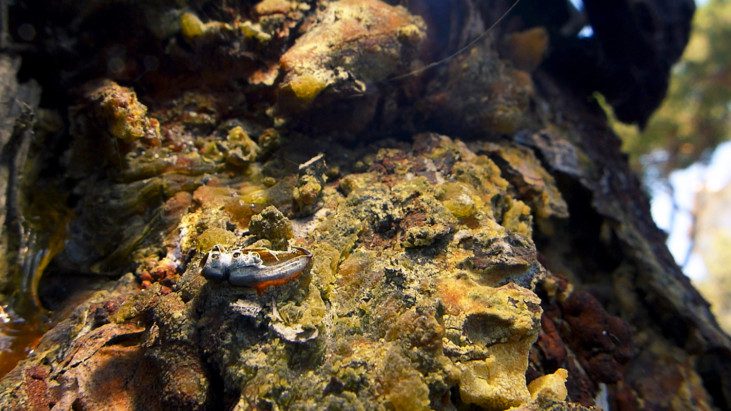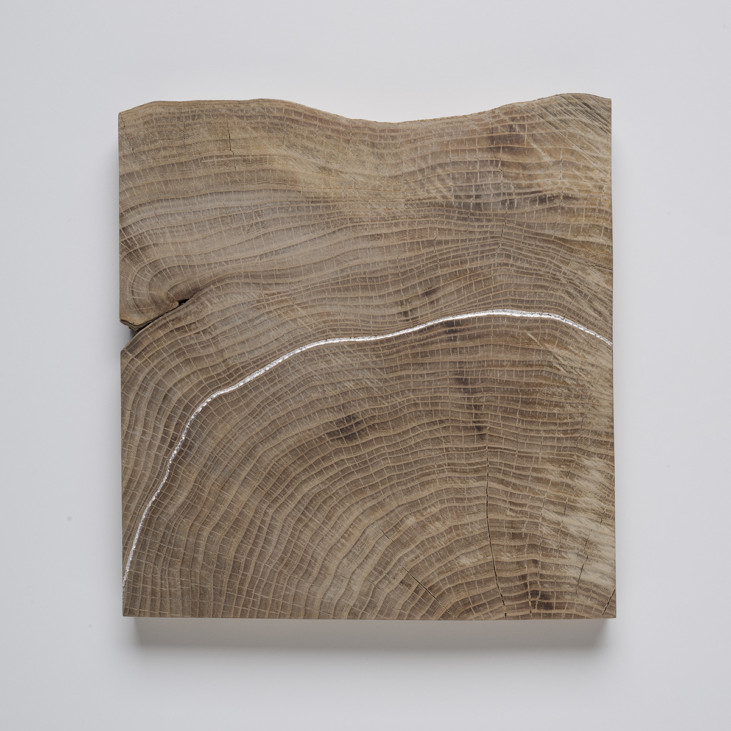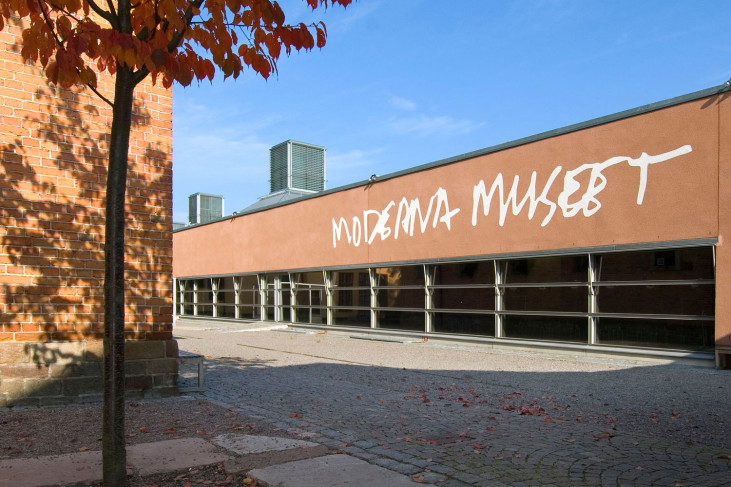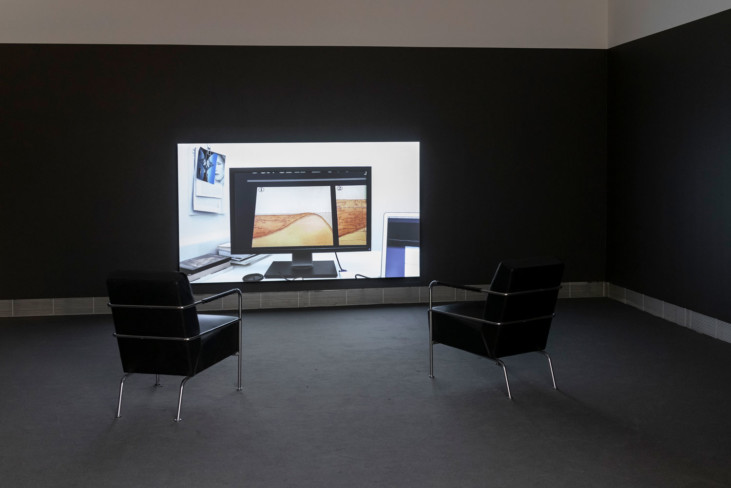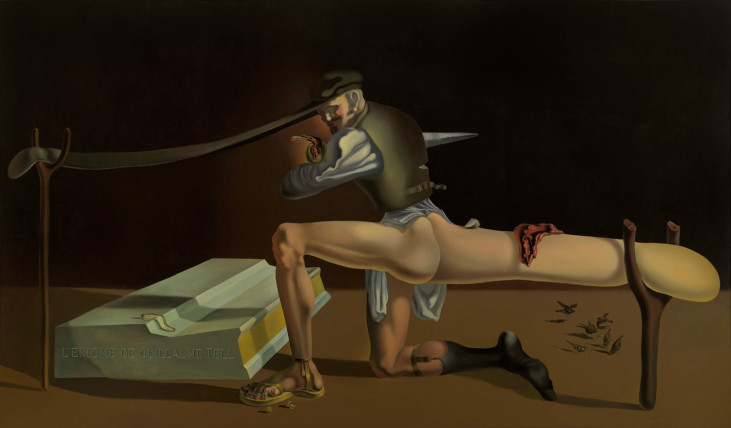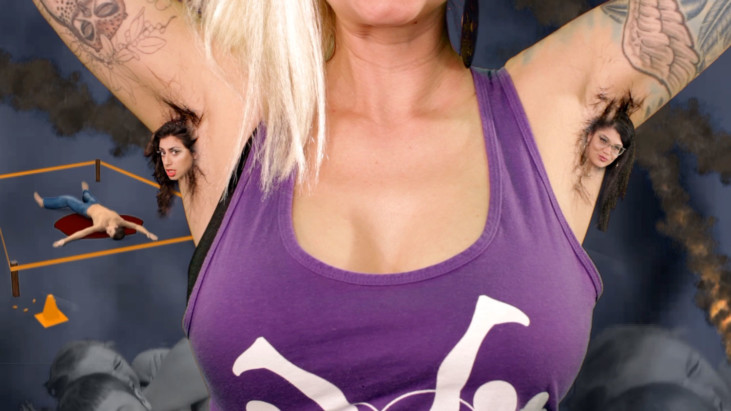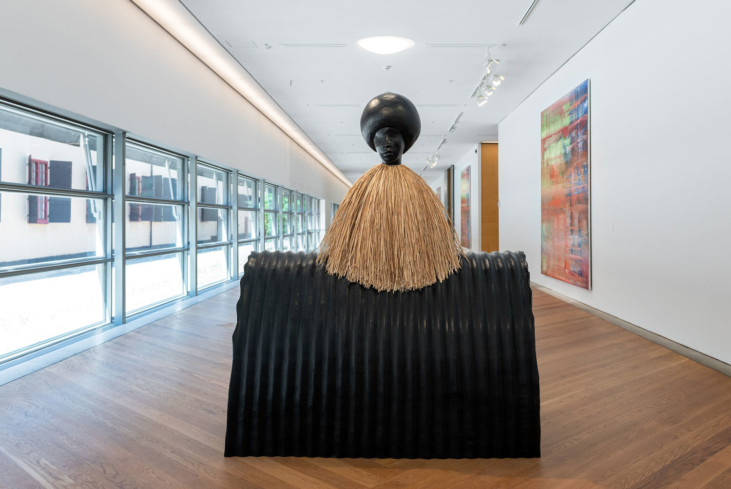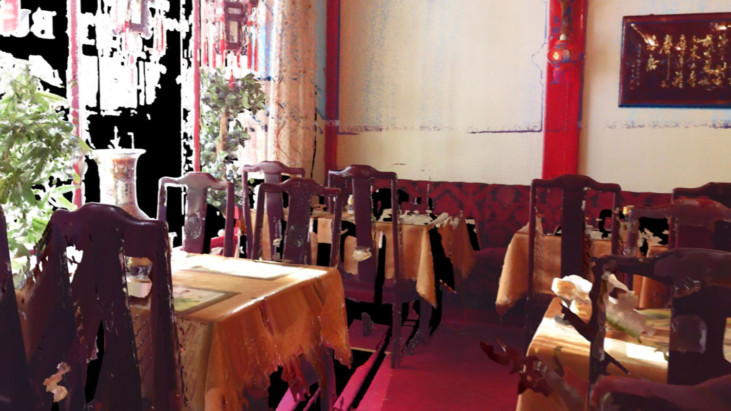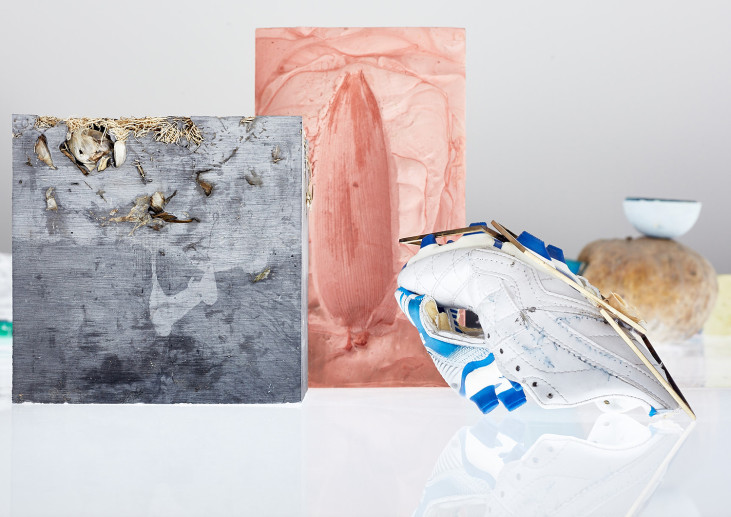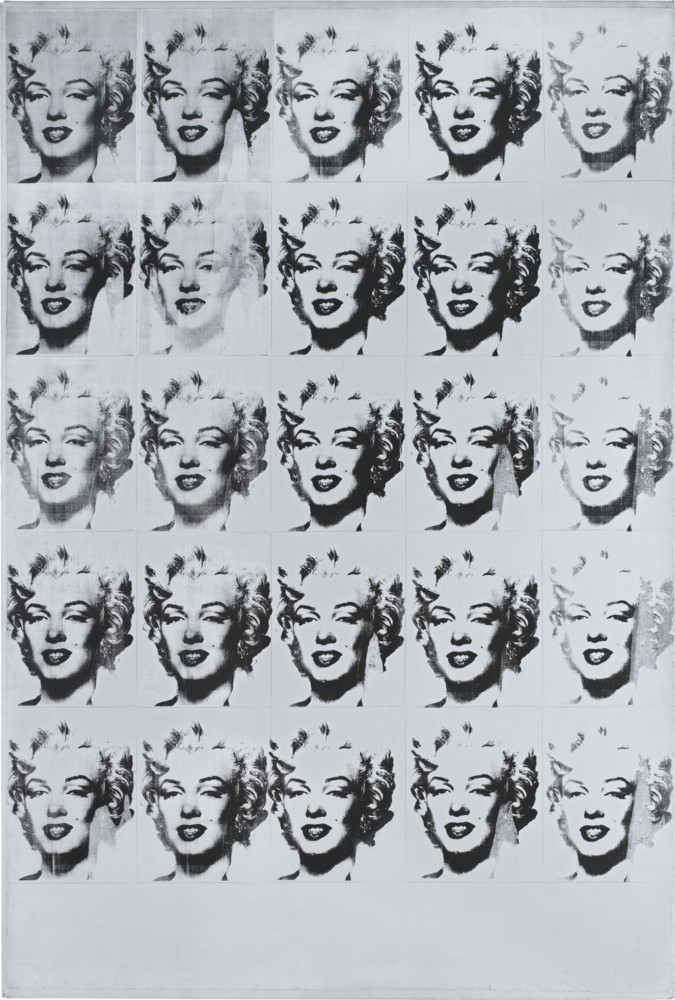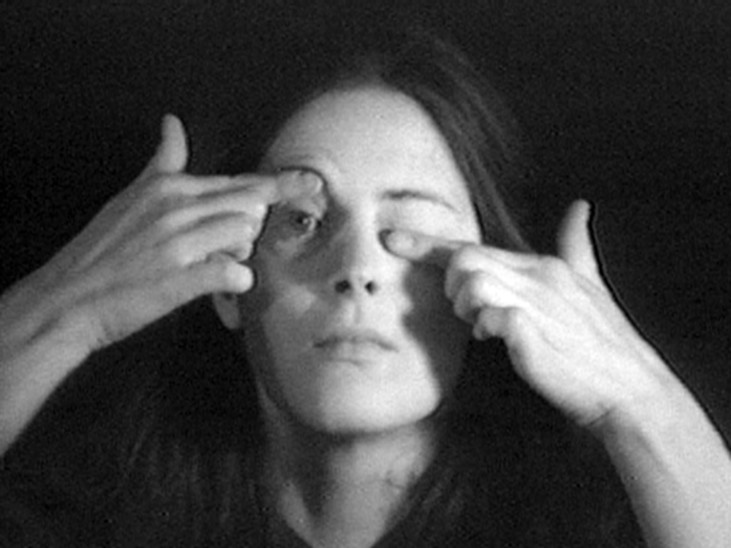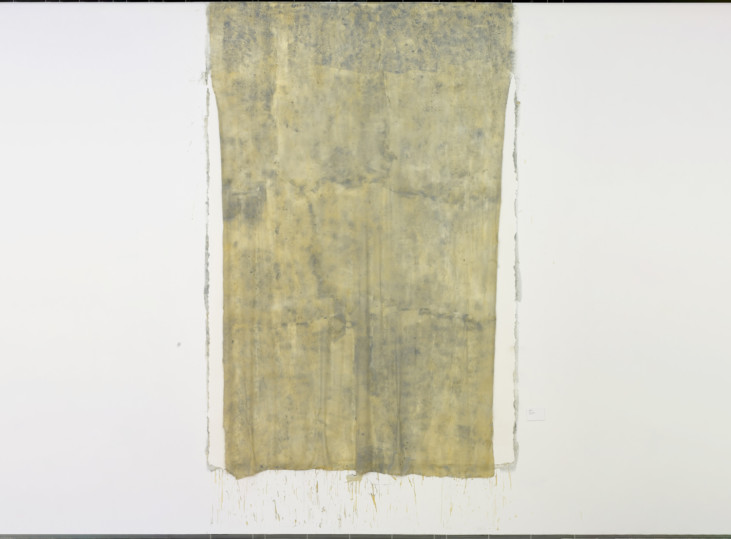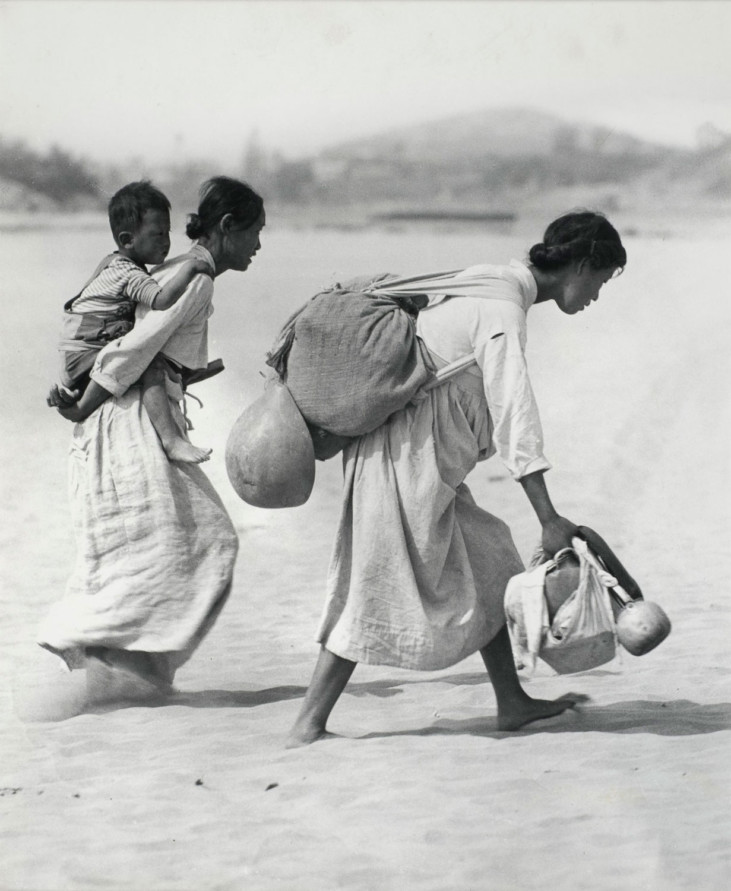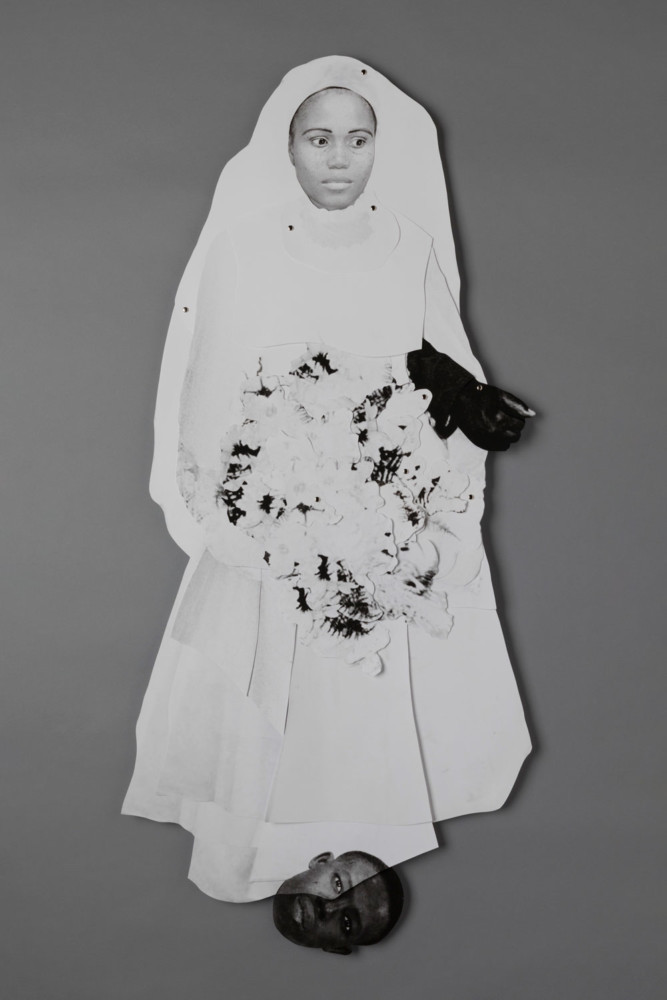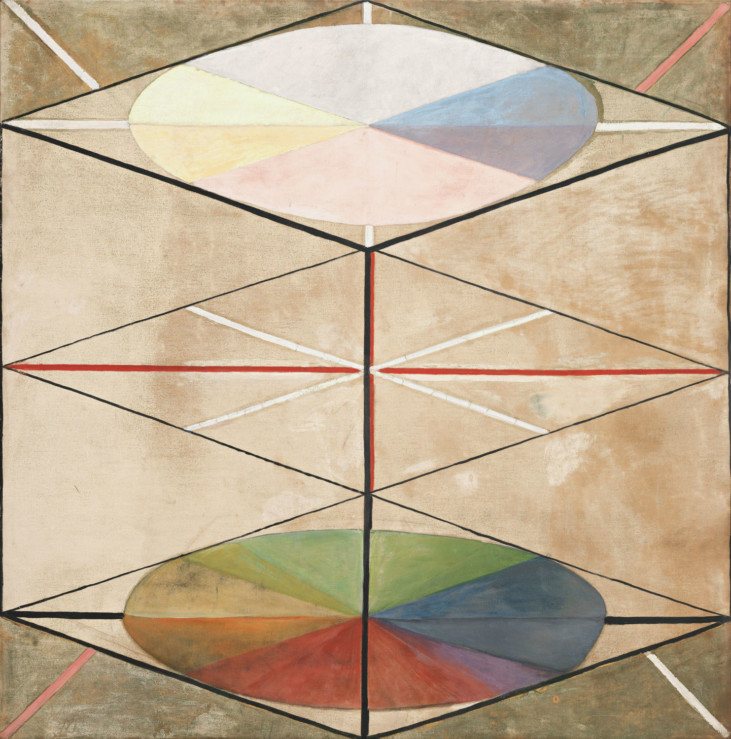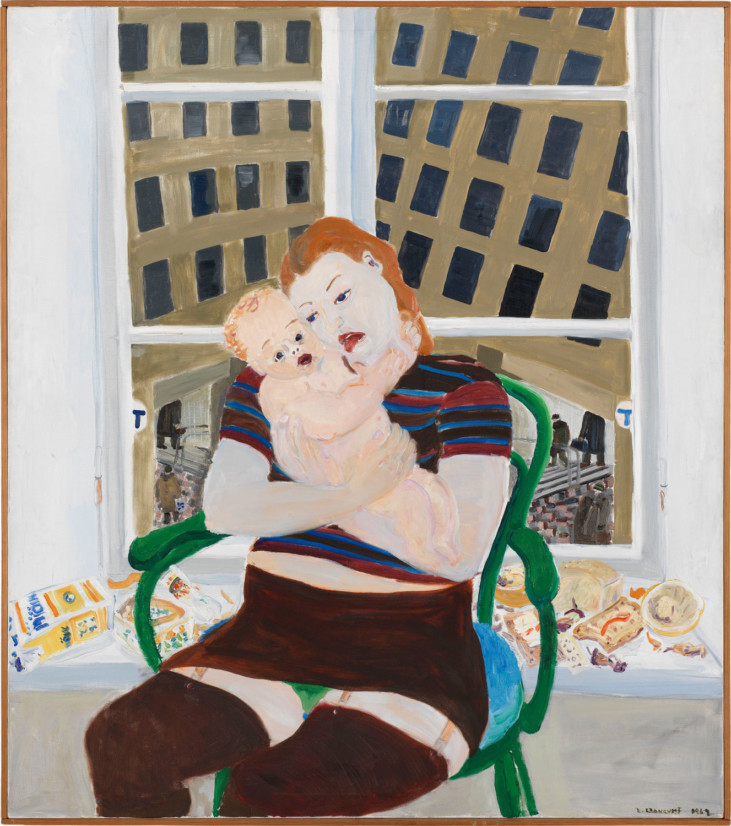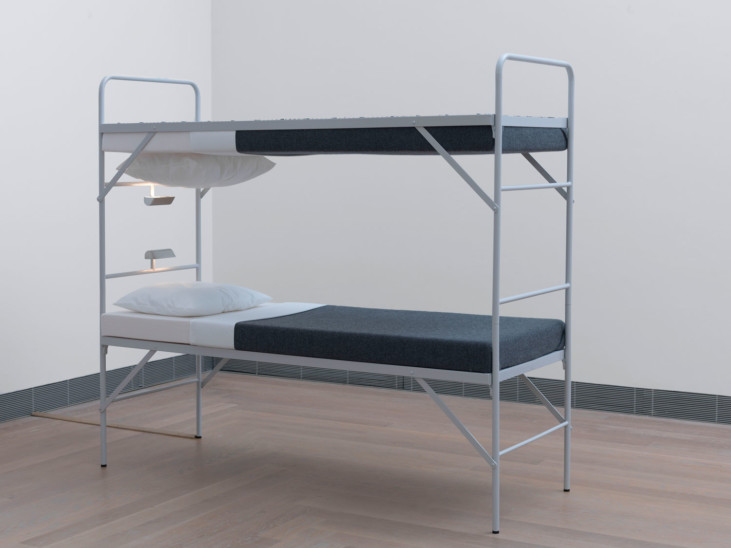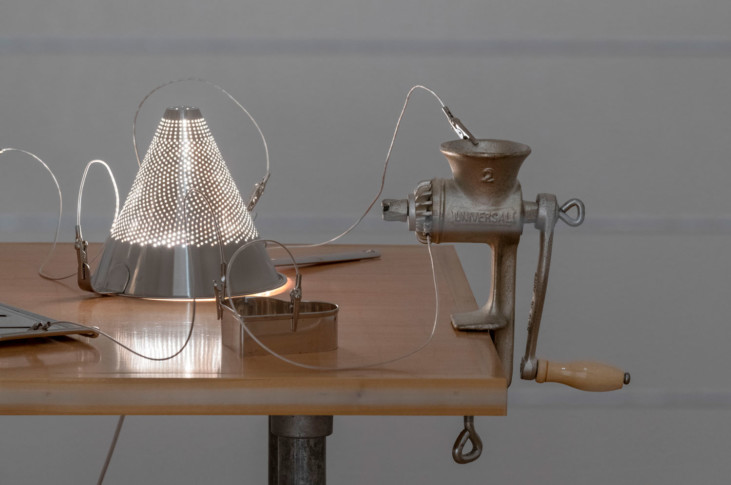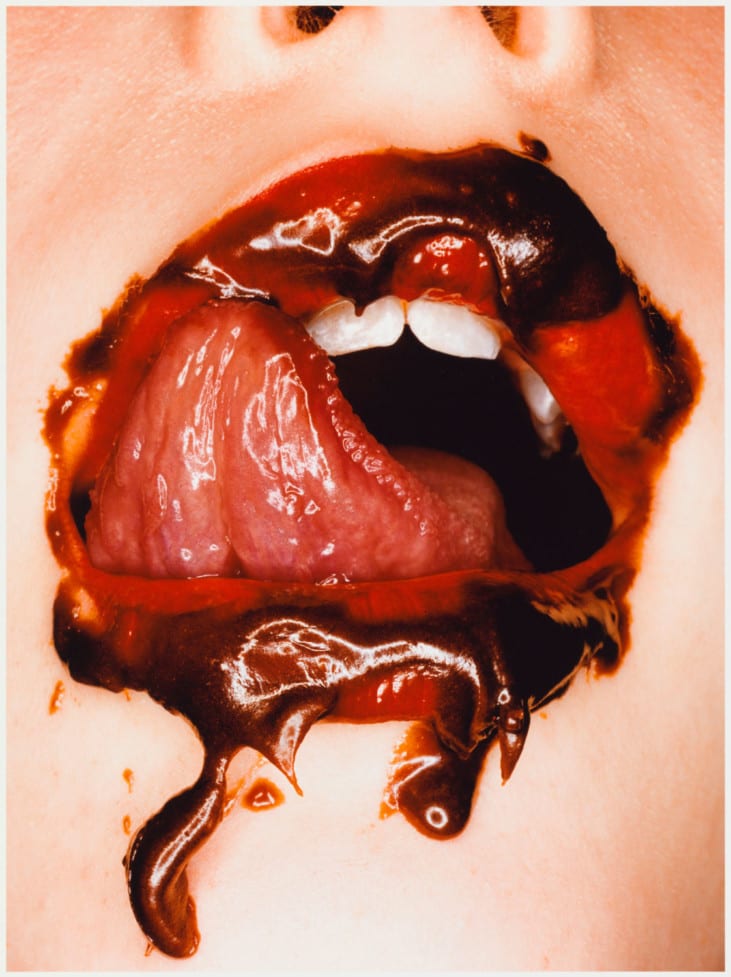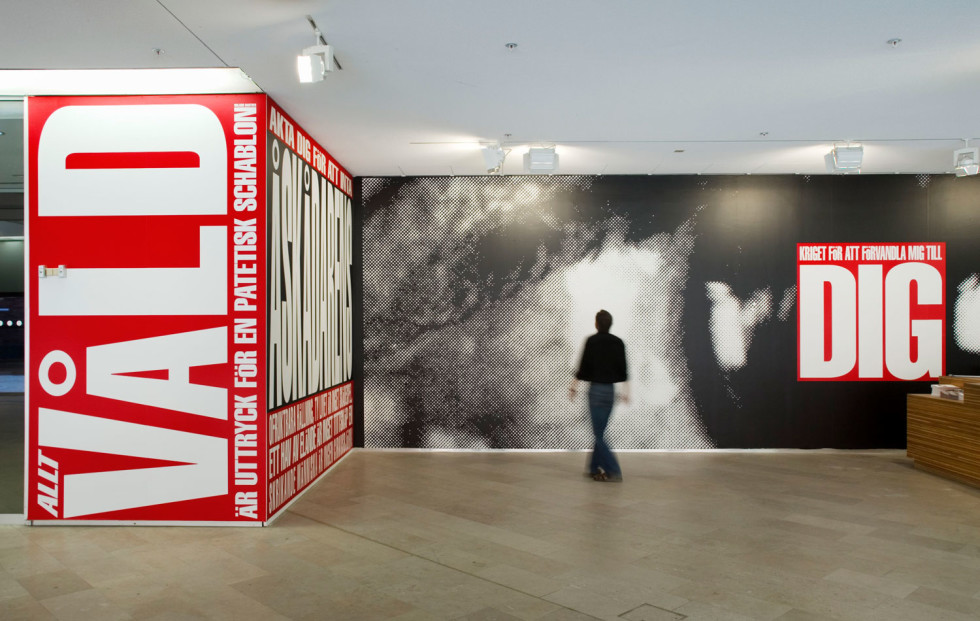
Barbara Kruger, Untitled (Between being born and dying), 2008 © Barbara Kruger. Photo: Åsa Lundén/Moderna Museet
9.11 2010
The Second Museum of Our Wishes: Barbara Kruger
After graduating from New York’s Parsons School of Design in 1966, Kruger worked for the next twelve years as a graphic designer for the publishing conglomerate Condé Nast in New York City. During those years she began to elaborate the stylistically conspicuous graphic methods that she would later develop in her art. Towards the end of the 1960s, she created her fi rst artistic works; in 1973 she took part in the Whitney Museum’s Biennale. At fi rst she focused on photography, but over a period of time she began to use pictures from magazines and newspapers, printed images of different sorts on which she pasted words or complete sentences.
Photography and photographic art became a central part of the art world during the 1980s. During that same period, Kruger also developed the style that many associate with her artistry. On large black and white photographs, often cropped, aphorisms were placed in black, white or red text boxes. A selection of some of the most well known reads as follows: Untitled (You invest in the divinity of the masterpiece) (1982), Untitled (We won’t play nature to your culture) (1983), Untitled (I shop therefore I am) (1987) and Untitled (Your body is a battleground) (1989).
Kruger’s combinations of text and images have nothing to do with fashion or glamour. If anything she is aggressive, direct and almost violent in her approach. The pictures are anonymous, yet feel somehow familiar. Through the texts she presents clear political and feminist messages, thereby transforming the photograph’s original and conventional meaning. Her way of working is both conceptual and formal compared with John Heartfi eld’s political montages from the 1920s.
Untitled (I am your immaculate conception) (1982) is from Kruger’s breakthrough years during the 1980s. The work consists of a pair of woman’s hands in close-up with painted fi ngernails. The hands are using a nail brush and are covered in soapsuds. The text connects directly to the Catholic belief in the immaculate conception. In Kruger’s interpretation, however, conception does not seem to be immaculate, but is also associated with pain and defi lement. In an ambiguous way she deconstructs and criticizes Catholicism’s view of women.
More recently, Barbara Kruger has expanded her artistic projects and created large installations in galleries, museums, public buildings, railway stations and parks, as well as on buses and posters all over the world. She has also incorporated fi lm and video into her oeuvre. A good example of her ever widening artistry is her wall-based work from 2008, Untitled (Between being born and dying), made specifi cally for the entrance walls of the Moderna Museet.
Barbara Kruger born 1945, Newark, New Jersey, USA.
Read about The Second Museum of Our Wishes
Published 9 November 2010 · Updated 15 February 2016

